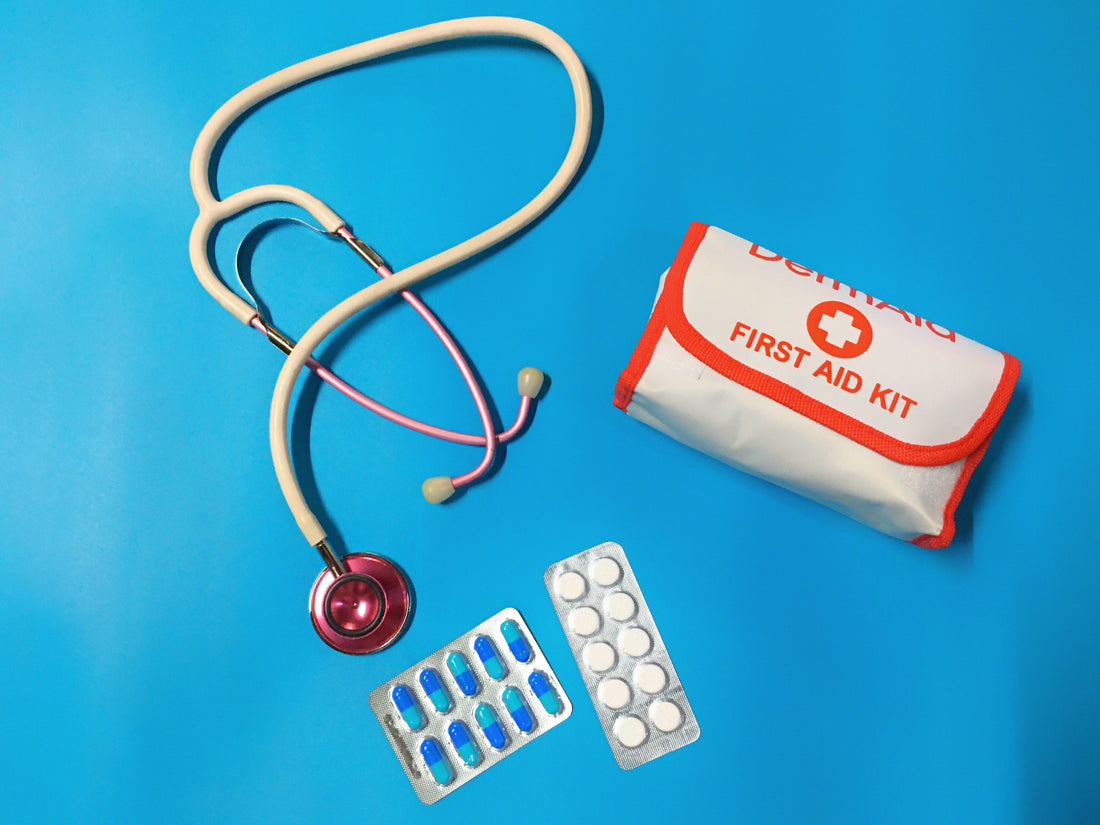When it comes to our beloved furry friends, we all want to keep them safe and healthy. Unfortunately, accidents and illnesses can happen, and it is important to know how to administer first aid to your dog in the event of an emergency. Knowing how to provide first aid can be the difference between life and death for your dog.
The most important thing to remember when trying to administer first aid to your dog is to stay calm. Panicking and getting overly emotional can only make the situation worse. Take a few deep breaths and make sure you are in a clear frame of mind before attempting to help your pup.
The first step in administering first aid is to assess the situation and evaluate the severity of your dog’s injury or illness. If the injury is minor, such as a small cut or scrape, you can usually treat it at home. However, if the injury appears to be more serious, such as a deep cut or a broken bone, you should take your dog to the vet as soon as possible.
Once you have assessed the situation, the next step is to stop any bleeding. If the injury is bleeding, you should apply pressure to the wound with a clean cloth or bandage until the bleeding stops. If the bleeding does not stop, you should take your dog to the vet immediately.
Once the bleeding has stopped, you should clean the wound. You can do this by gently washing the area with warm water and a mild soap. Make sure you do not scrub the wound, as this can cause further damage.
After cleaning the wound, you should cover it with a clean bandage to help prevent infection. For more serious injuries, you can also apply a cold compress to the area to help reduce swelling and pain.
If your dog is having trouble breathing or is unconscious, you should contact your veterinarian immediately. You should also call your veterinarian if your dog is showing signs of shock, such as pale gums, labored breathing, or a fast heart rate.
These are the basic steps you should take to administer first aid to your dog. Remember, if you are ever in doubt or your dog’s condition does not improve, contact your veterinarian as soon as possible.









